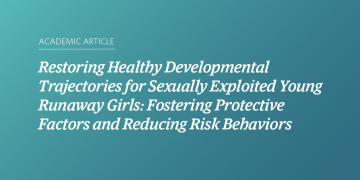How many is too many for BC youth? Alcohol use and associated harms
Although the legal drinking age in British Columbia is 19 years, many youth begin to experiment with alcohol before this age. Studies have shown that alcohol consumption by youth under the age of 19 is associated with an increased likelihood of involvement in health risks, such as a vehicle crash or a sexual or physical […]
Urban and rural student substance use: Technical report
Differences in economic, cultural, social and educational factors between urban and rural areas in Canada might influence behavioural and mental health outcomes. However, most research assessing differences in urban and rural patterns of substance use has been conducted in the United States. Within Canada, information is limited on whether students who attend urban and rural […]
We all have a role: Building social capital among youth in care
Research has shown the value of social capital in relation to an individual’s health, happiness, and improved life expectancy, as well as the benefits to a community of having social networks that can come together to support the community and make positive change happen. Using data from the 2013 BC Adolescent Health Survey which was […]
Sexual Health of Youth in BC
Adolescence is an important time in sexual development. It includes physical changes of puberty as well as changes in emotions and cognitive abilities. During this time, most youth develop romantic and sexual attractions, begin to understand their sexuality, and some enter their first romantic relationships. Some young people will also have sexual relationships. Legally the […]
Four organizations partnered to address youth homelessness in Vancouver: Analysis of an intersectoral collaboration
In the mid-2000’s, health care and social service providers in Vancouver witnessed street-involved youth with undiagnosed and/or under-treated mental illnesses repeatedly entering their services in a state of chaos and crisis. They had no means of intervening with youth through the housing and mental health systems. In an attempt to break this cycle and fill […]
From Hastings Street to Haida Gwaii: Provincial results of the 2013 BC Adolescent Health Survey
The 2013 BC Adolescent Health Survey was administered to almost 30,000 public school students across the province. It provides a comprehensive look at the health of youth aged 12–19. This is the fifth time students have been asked to complete the survey since 1992, and the regional coverage was the highest yet. Fifty-six of the […]
Enacted Stigma, Problem Substance Use, and Protective Factors among Asian Sexual Minority Youth in British Columbia
Abstract This study examined enacted stigma and problem substance use among Asian sexual minority youth and the buffering role of protective factors. Logistic regression analyses of a weighted sample of 5,423 Asian youth who completed the 2003 BC Adolescent Health Survey indicated that sexual minority youth were more likely to be victimized compared to heterosexual […]
Restoring Healthy Developmental Trajectories for Sexually Exploited Young Runaway Girls: Fostering Protective Factors and Reducing Risk Behaviors
Abstract Purpose: To examine effects of the Runaway Intervention Program (RIP), a strengths-based home visiting, case management, and group support program for sexually assaulted or exploited young runaway girls; staffed by advanced-practice nurses, RIP aims to restore healthy developmental trajectories by reestablishing protective factors, reducing trauma responses, and lowering risk behaviors that are common sequelae of sexual violence. Methods: Quasi-experimental study of […]
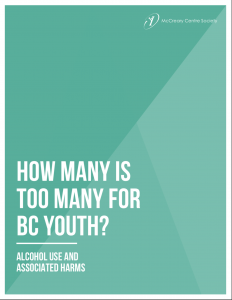
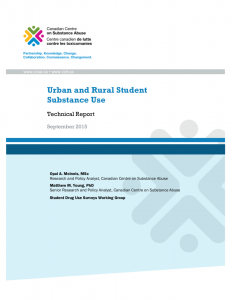
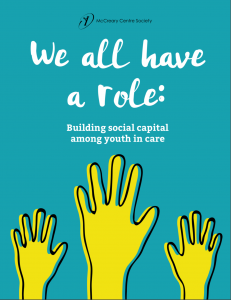
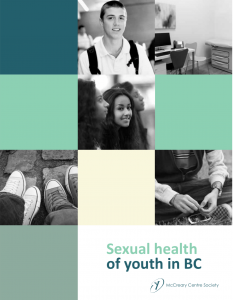
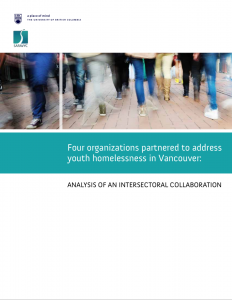
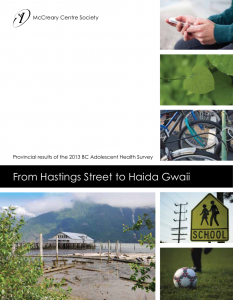
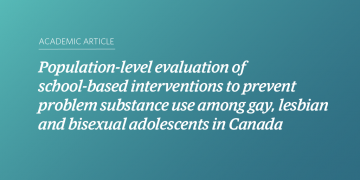
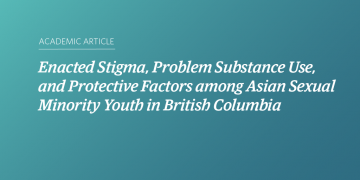
![Teal and blue gradient background with white text that says “Reducing homophobia in high school: The effects of “The Laramie Project” play and an integrated curriculum [abstract]”](https://www.saravyc.ubc.ca/files/2011/08/Reducing-homophobia-in-high-school-The-effects-of-“The-Laramie-Project”-play-and-an-integrated-curriculum-abstract_Twitter-360x180.png)
